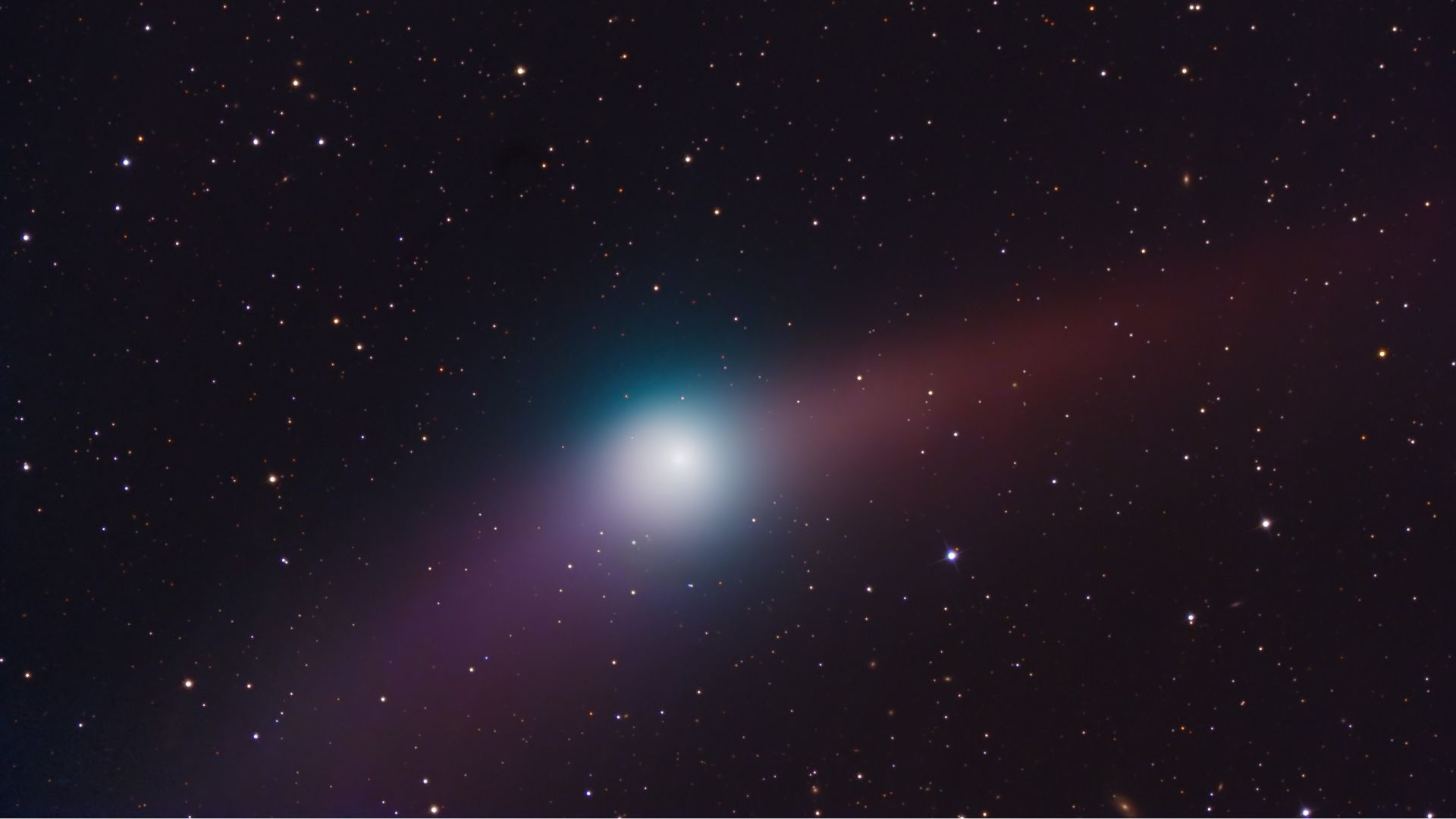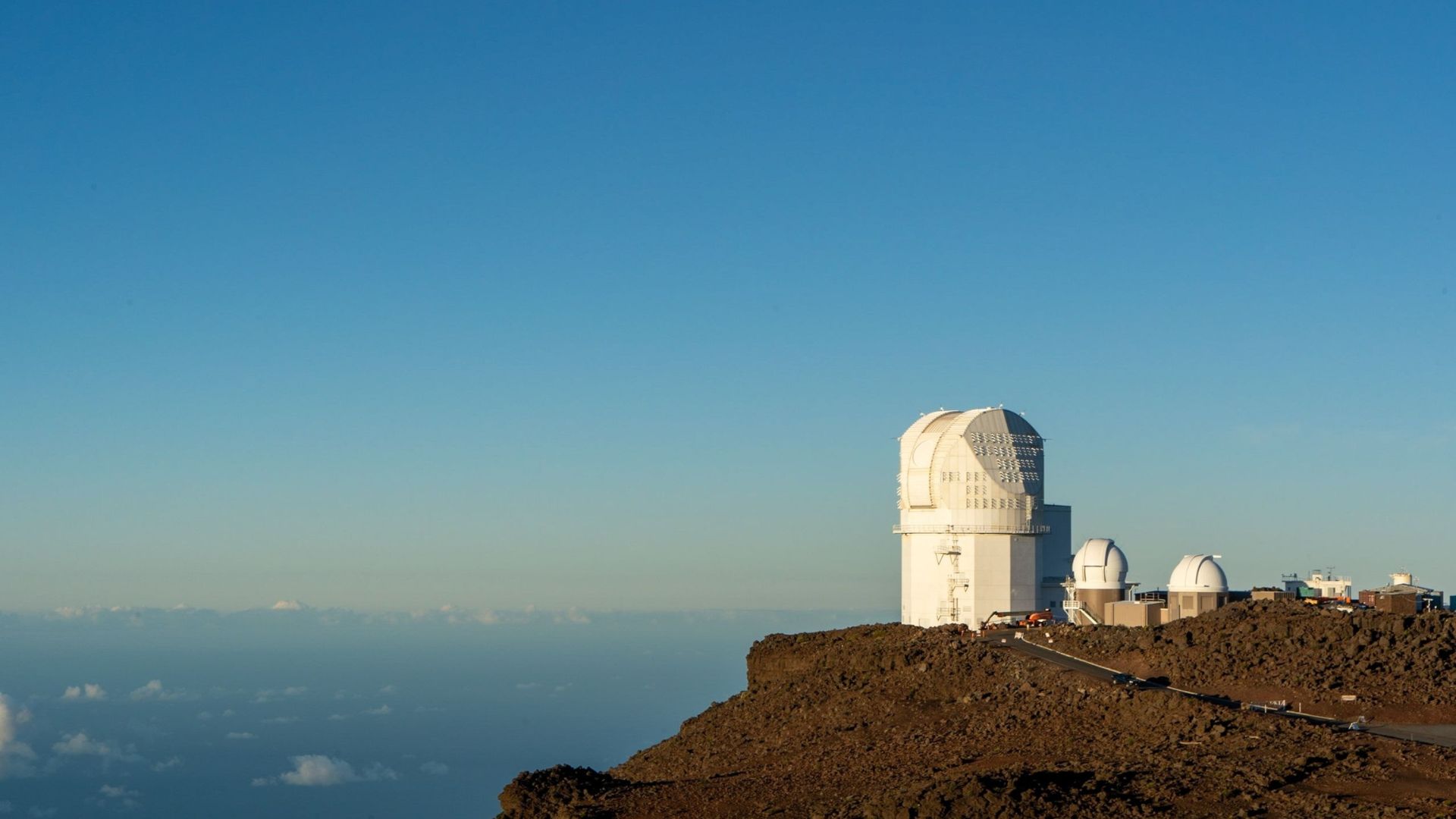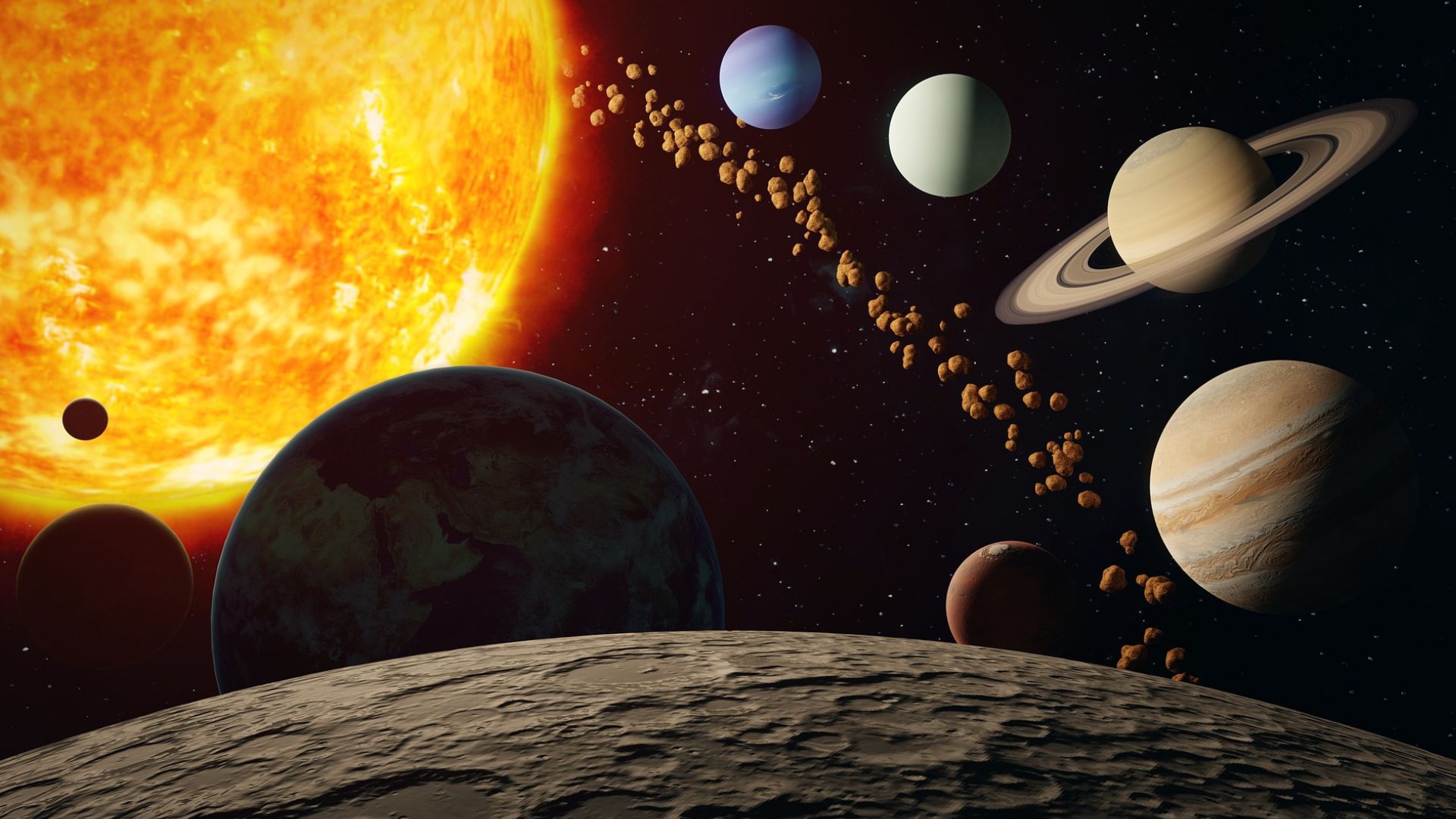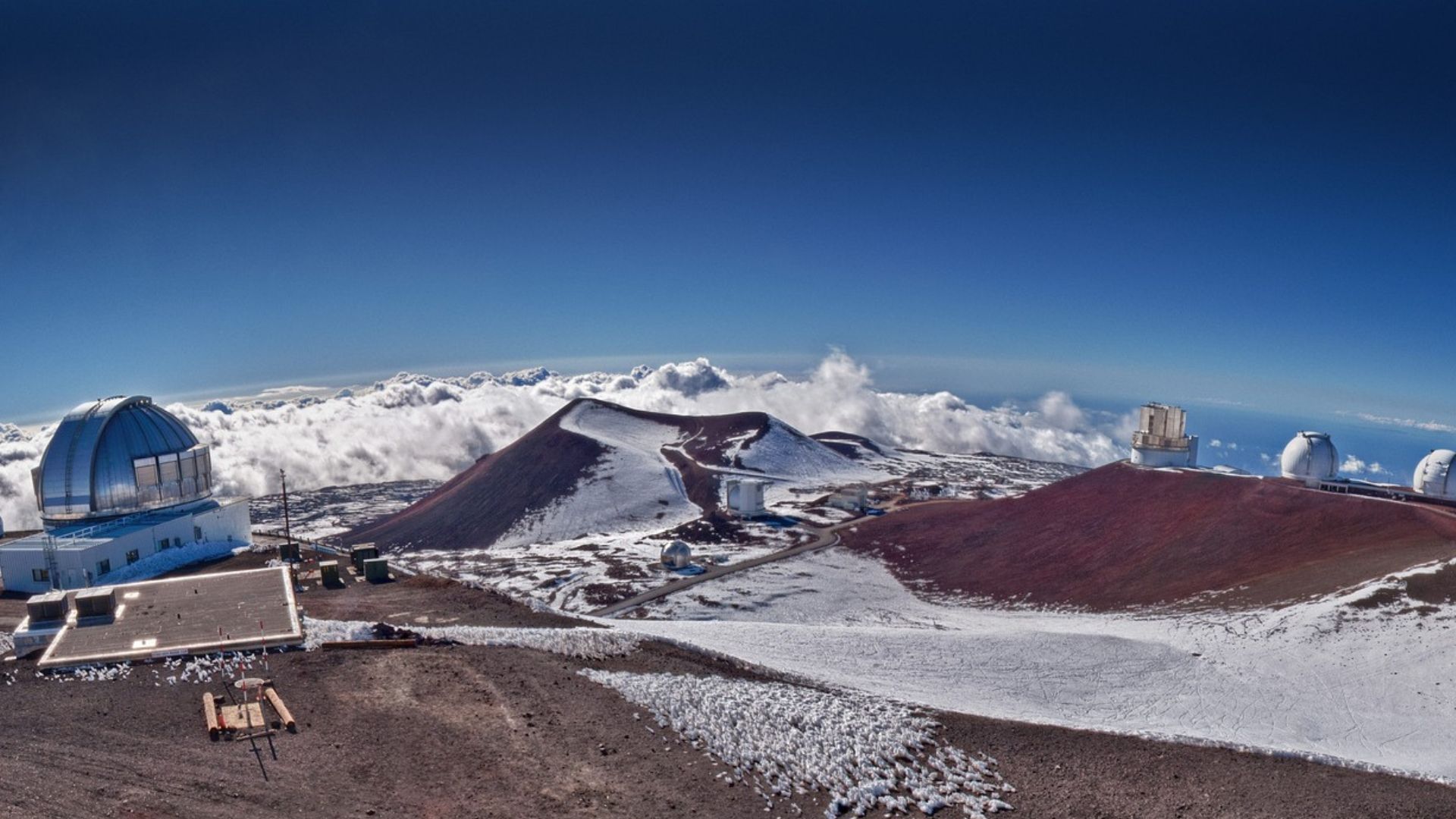
Astronomers have announced the discovery of a new visitor from the depths of space, an interstellar comet named 3I/ATLAS. Detected by a telescope in Chile, this celestial traveler is only the third object of its kind ever observed entering our solar system. Scientists are now racing to learn more about its origins, composition, and behavior as it journeys through the vast cosmic neighborhood we call home.
An unexpected visitor from afar

The comet 3I/ATLAS was first observed by NASA’s Asteroid Terrestrial-impact Last Alert System, or ATLAS, located in Rio Hurtado, Chile. Its unusual orbit caught the attention of astronomers immediately, as it clearly suggested that the object did not originate within our solar system. The discovery has stirred excitement in the scientific community, reminding us how vast and mysterious the universe remains.
A journey across the galaxy

Traveling at a breathtaking speed of about 37 miles per second, 3I/ATLAS appears to be approaching from the direction of the Milky Way’s center. Its current distance from Earth is estimated at roughly 420 million miles, a reminder of how immense space is even within our own solar system. Each observation helps scientists refine their understanding of how these rare travelers move through interstellar space.
Only the third of its kind

Interstellar objects are extremely rare. Before 3I/ATLAS, astronomers had only documented two: 1I/‘Oumuamua, spotted in 2017, and 2I/Borisov, found in 2019. Each of these discoveries revealed new details about the materials and dynamics that exist beyond our solar boundaries. Now, with 3I/ATLAS, scientists have another opportunity to study a relic that may have formed around another star.
Hints of ice and dust

Preliminary observations suggest that 3I/ATLAS shares characteristics with 2I/Borisov, appearing to be an icy comet with a faint gaseous envelope called a coma. However, this newcomer is thought to be much larger, possibly measuring close to 10 kilometers in diameter. Its icy surface could release bright jets of gas and dust as it warms while moving closer to the Sun.
The mystery of its composition

Larry Denneau, co-principal investigator for ATLAS at the University of Hawaii, explained that the comet’s composition remains largely unknown. Scientists around the world are coordinating to observe it through more powerful telescopes, hoping to determine what elements and compounds lie within its icy body. Understanding its makeup could reveal insights into how planetary systems form and evolve across the galaxy.
Approaching the inner solar system

Later this year, 3I/ATLAS will reach its closest point to the Sun, coming within the orbit of Mars. As it nears our star, its coma and tail may expand dramatically, possibly becoming visible through mid-size telescopes. Although astronomers cannot predict exactly how it will behave, the event promises to offer spectacular new data and perhaps a stunning sight for observers.
No danger to Earth

NASA has assured that the comet poses no threat to our planet. The object will remain no closer than 150 million miles from Earth, about one and a half times the distance between Earth and the Sun. This safe distance allows scientists to study its trajectory and activity without concern for impact.
A window into cosmic origins

Each interstellar comet carries ancient materials from the regions where it formed, potentially billions of years ago. Studying these objects helps researchers understand the chemistry of distant planetary systems and the processes that may have shaped the early solar system itself. Every observation contributes a small piece to the puzzle of how life-supporting worlds might emerge.
Eyes on the sky

The ATLAS network, operated by the University of Hawaii and funded by NASA, plays a crucial role in these discoveries. Its five telescopes around the world constantly scan the night sky for asteroids and comets that could pose risks or reveal new cosmic phenomena. This discovery of 3I/ATLAS stands as a testament to the value of vigilant observation and the power of collaboration in uncovering the universe’s deepest secrets.
A cosmic reminder of wonder

The arrival of 3I/ATLAS reminds us how small our solar system truly is within the grand design of the cosmos. As scientists prepare to study this rare interstellar traveler, the rest of us can marvel at the thought that fragments from distant stars continue to pass through our celestial neighborhood, connecting us in some way to the broader story of the universe.